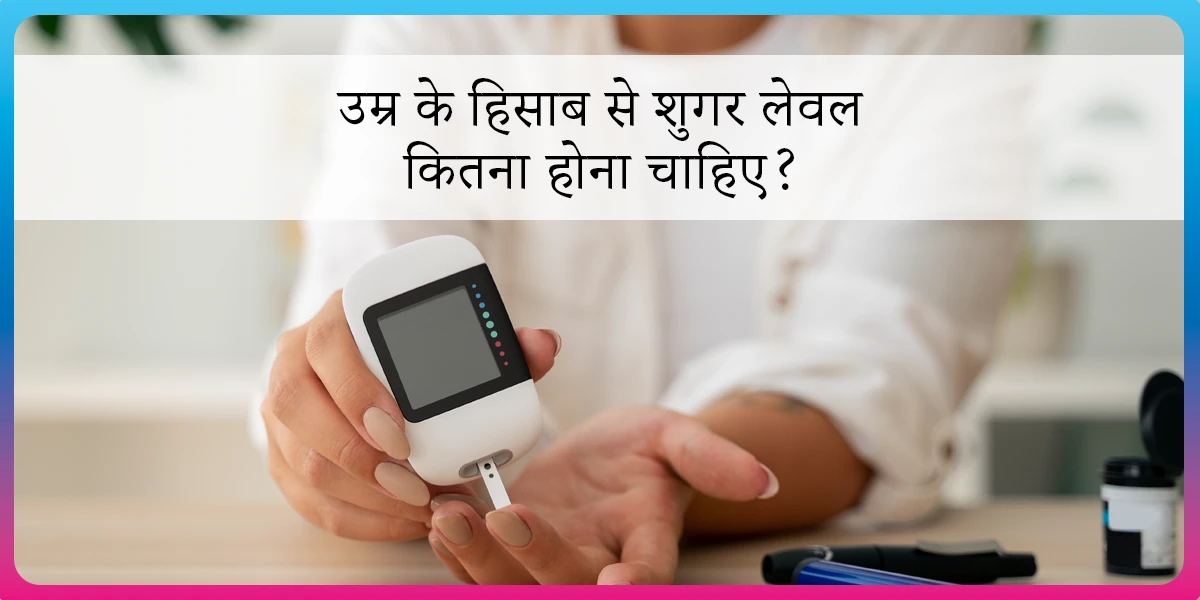Understanding Diabetes and Its Impact on Nails

They say you can tell a lot about a person by the shoe. But do you know what can tell about that person’s health?
It’s the NAILS!
Our nails provide protection to the sensitive tips of our fingers and toes, and anything not normal with our nails can be a sign of an underlying health issue. This is particularly true for people with diabetes, who are at an increased risk of developing various infections.
That’s why it’s important to understand the connection between diabetes and nail health to prevent these infections or their early detection. You will also get to know how to take care of your nails in diabetes, read on!
Types of nail infection & their characteristics
| Type of Nail Infection | Characteristics and Symptoms | Common Causes |
| Fungal Nail Infections (Onychomycosis) | Thick, discolored, brittle nails. White or yellow spots, separation from the nail bed | Exposure to fungi (e.g., wet environments) |
| Bacterial Nail Infections (Paronychia) | Redness, swelling, tenderness around the nails. Pus or discharge may be present | Bacteria enter through a cut or injury |
| Viral Nail Infections (Herpetic Whitlow) | Painful blisters around nails, sometimes fever | Herpes simplex virus (HSV) infection |
| Mixed Infections | Combination of fungal and bacterial symptoms | Combination of fungal and bacterial microbes |
Risk factors for developing infections
People with diabetes are more susceptible to nail infections due to several risk factors associated with the disease.
- High blood sugar levels
- Poor blood circulation
- Lack of sensation (nerve damage)
- Lack of foot & nail care hygiene (regular nail trimming)
Diagnosis of infections
Diagnosing fungal infections in people with diabetes involves a combination of visual examination and laboratory tests such as nail sampling, microscopic examination, fungal culture, etc.
Treatment options
Before opting for any treatment option consult your doctor for a proper diagnosis and treatment to control your blood sugar levels.
Topical antifungal medications such as antifungal cream/powder are often the first line of treatment for mild to moderate fungal infections.
How to take care of your nails in diabetes
1. Keep your nails clean
2. Trim your nails regularly
3. Use good quality nail products and services (manicure/pedicure)
4. Avoid nail biting
5. Look for any changes in the colour or shape of your nails
FitterTake
Nail health is an integral part of overall health.
To prevent various nail infections in people with diabetes, maintain optimal blood sugar control and balanced nutrition. Consider the following preventive measures:
1. Practice Foot Hygiene
2. Choose Appropriate Footwear
3. Protect Feet in Public Areas
4. Avoid Sharing Personal Items
We at Fitterfly help manage your blood sugar levels, help you achieve your health goals, and more importantly, guide you on how to maintain them. Explore and enroll for the Fitterfly Diabetes Prime Program, curated by expert diabetologists, nutritionists, fitness experts, and success coaches for effective diabetes management.
Speak to us today! Just give us a missed call at 08068507599, and we will get back to you.
This blog provides general information for educational and informational purposes only and shouldn't be seen as professional advice.
Fitterfly's Diabetes Prime Program
clinical term for Diabetes Reversal
























